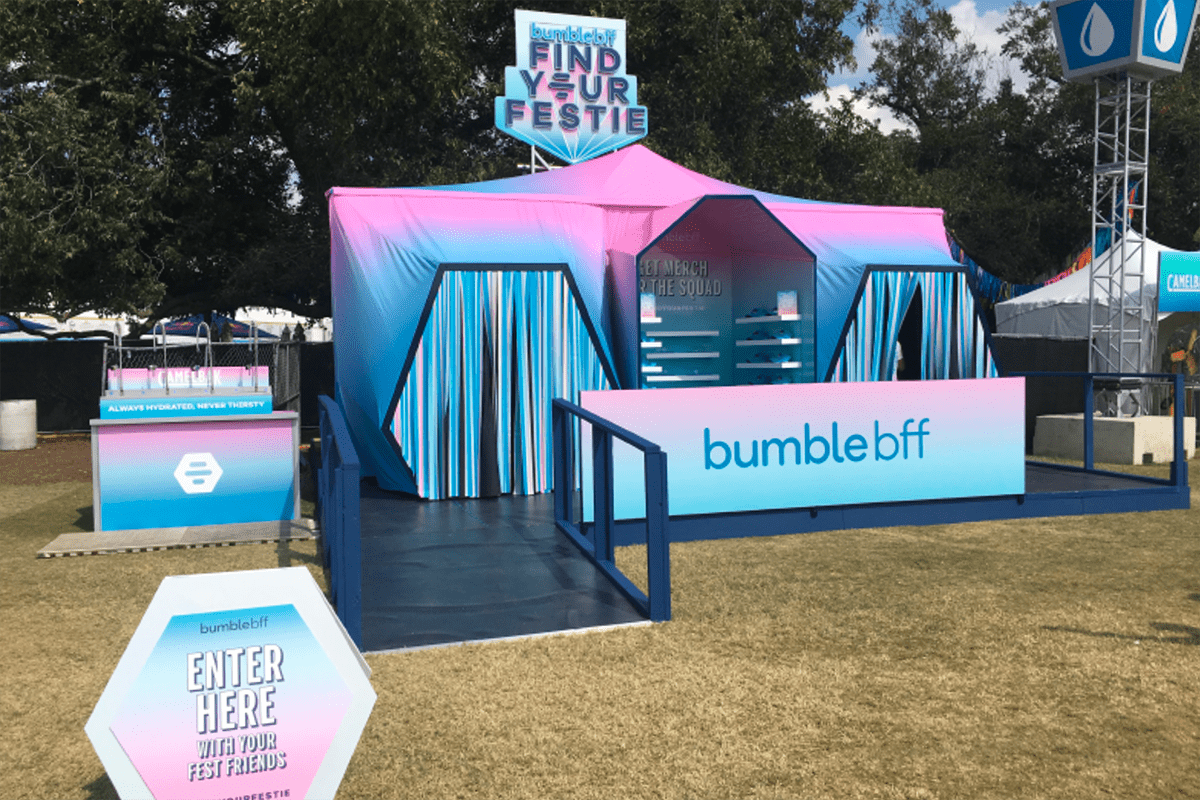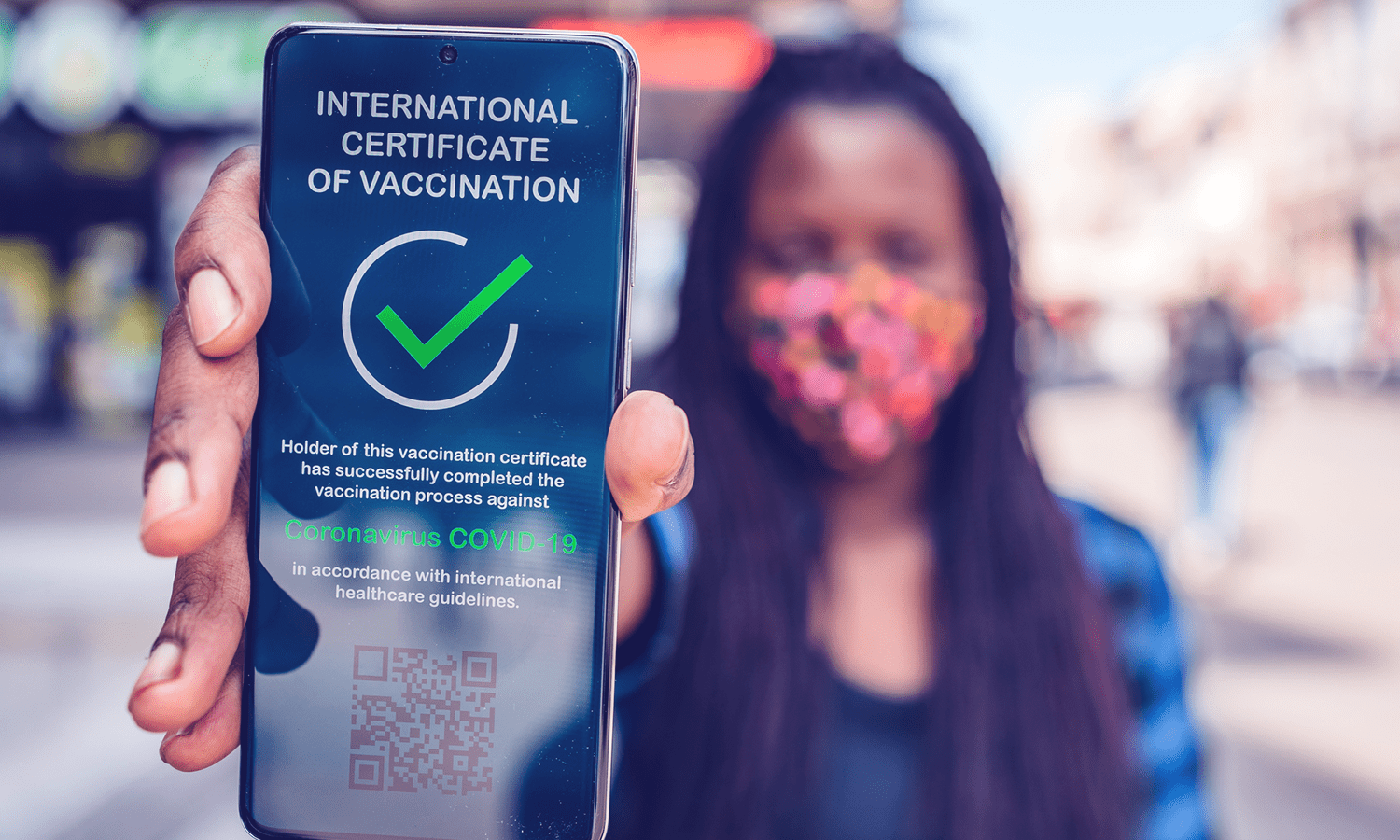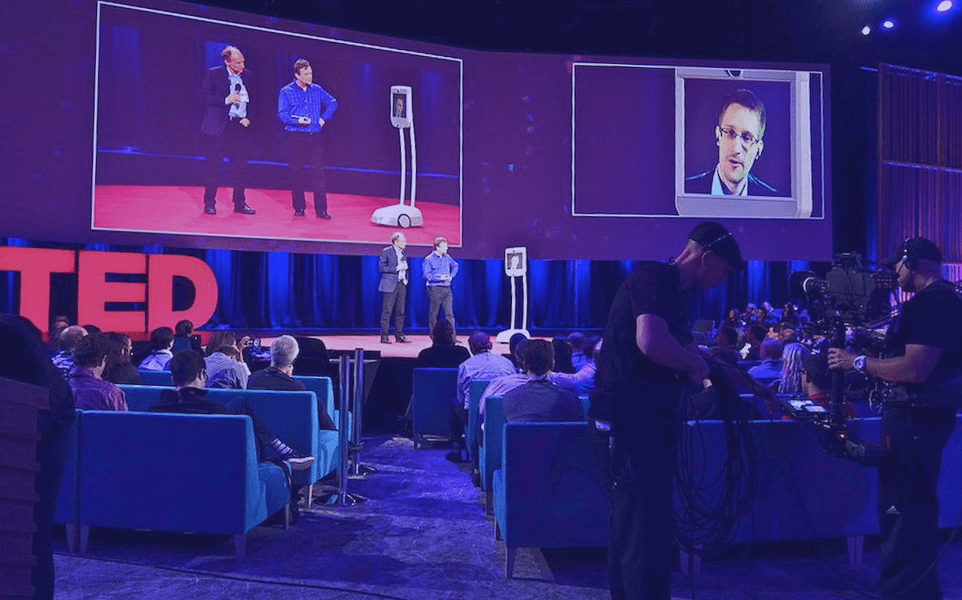How to greenify your XP: The art of sustainability

As in-person concerts, festivals and brand experiences start to make a comeback, so too are concerns about making large-scale XP as environmentally sustainable as possible. Industry leaders agree that fighting the effects of climate change is our collective responsibility, and brands that build sustainability into their experiences will stay ahead of the game.
Easier said than done, right? We spoke to some XPerts for their tips on how to make minimizing the carbon footprint of experiences a staple of your production strategy.
Start at the beginning. Robyn Henry, executive producer at the experiential agency productionglue, recommends “starting the conversation early so that sustainability can be factored in throughout the planning process.” Implementing best practices in pre-production can look like everything from designing with reusable materials to “having a diversion plan in place to donate materials once the event concludes.”
Decide on your goals. And then put those goals in writing. You don’t have to take on the whole world of sustainable practices at once, but it’s great to choose one or two things and aim to do them very well. Michele Fox, founder of MUSE (Members United for Sustainable Events), suggests writing a sustainability policy (here’s how) that clearly states how your company will implement your green values. Once the policy is in place, you can share it with event stakeholders.
“Studies have shown that vendors are waiting for their clients to mention sustainability, and the clients are waiting for their vendors to bring this up.”
Talk to your people. “Have conversations with all your vendors. Studies have shown that vendors are waiting for their clients to mention sustainability, and the clients are waiting for their vendors to bring this up,” said Fox. Lead the way and bring up sustainability early on. Ask vendors and venues, “What policies and procedures do you have in place for making this event as sustainable as possible?” Do your research and choose to work with companies that support your sustainability goals.
Hire, buy and donate local. Hiring and buying local not only supports the local economy, but “prevents event materials from being shipped from faraway places,” which cuts down on emissions from travel, said Mark Roberts, head of experiential at Popxperiential. This is true for virtual and hybrid events, too — Henry recommends “looking to local resources for gift boxes and lunches for virtual participants.”
Have a plan in place to donate food and materials after the event. Check in before you start production with local arts organizations to see about donating scenic design materials after you wrap. If you can’t donate it, recycle it (materials) or compost it (food).
Build sustainability into the experience. The truth is, attendees are looking for sustainable experiences: Millennials and Zoomers count sustainability as one of their core values. “Businesses that take sustainability serious will win the hearts and minds of their consumers, creating fans for life,” said Roberts. “Brands that prioritize sustainability are the future.” Making sustainability part of your brand will ensure event stakeholders know your values and where you stand. Some events give attendees the option of making their ticket purchase carbon neutral, for example. Whatever you choose to do, build it into the brand experience.
Make it easy for attendees to be green. Recycling and composting are two of the top strategies for reducing waste, but doing it right takes more than just labeling a few trash cans and calling it a day. Fox recommends hiring an event greening service like WasteBusters or Clean Vibes for the day of the event. They will handle the nitty-gritty details of avoiding contamination and keeping the streams clean, educating event-goers and making the process as user-friendly as possible.
Switch your swag. “Cheap plastic giveaways often get thrown in the garbage. Consider digital swag instead,” said Roberts. High-quality branded swag, like a refillable water bottle, is less likely to go to waste and digital swag eliminates the problem altogether. And, while you’re at it, set up a digital POS system — no need for a paper trail.
Track your metrics. “Tracking sustainability strategies all the way through to post-event metrics helps us make continual improvements year over year,” said productionglue’s Henry. The results will help you adjust your sustainability policy and build and add to your strategies over time.
Mini Case Study

Agency/Producer: Popxperiential/Mark Roberts, head of experiential
Client: Bumble
Project description: “Right before covid, we took the Bumble ‘Find your Festie’ activation on the road to four music festivals across the U.S. Sustainability was very important to Bumble.”
Sustainable elements:
- Fabrication and Materials: Where possible, we went the extra mile to really place focus on using sustainable materials throughout the build and design. The structure framework itself was made of aluminum, which is one of the most efficient and sustainable materials available. The exterior fabric was made from organic canvas and the exterior design on the fabric was printed using 100-percent vegetable-based ink. The interior lighting was 100-percent LED and even the disco balls were made from recycled glass.
- Swag: We provided attendees with reusable water bottles
- Branded water station: To also assist in cutting down on single-use plastics, we hosted a branded water station where attendees could refill water bottles.
- Digital photo booth: All photos were digitally sent to avoid waste with print.
- Rinse and repeat: This activation was made to travel to avoid single-use building. When possible, always try to get extra miles out of the ideas you create.
Join us in XP Land. A community for experiential creatives and experience-makers, brand leaders and IP-owners, space stewards and venue visionaries — all of those in the business of epic gatherings and live, immersive storytelling.

